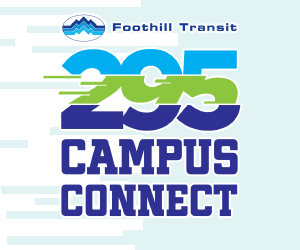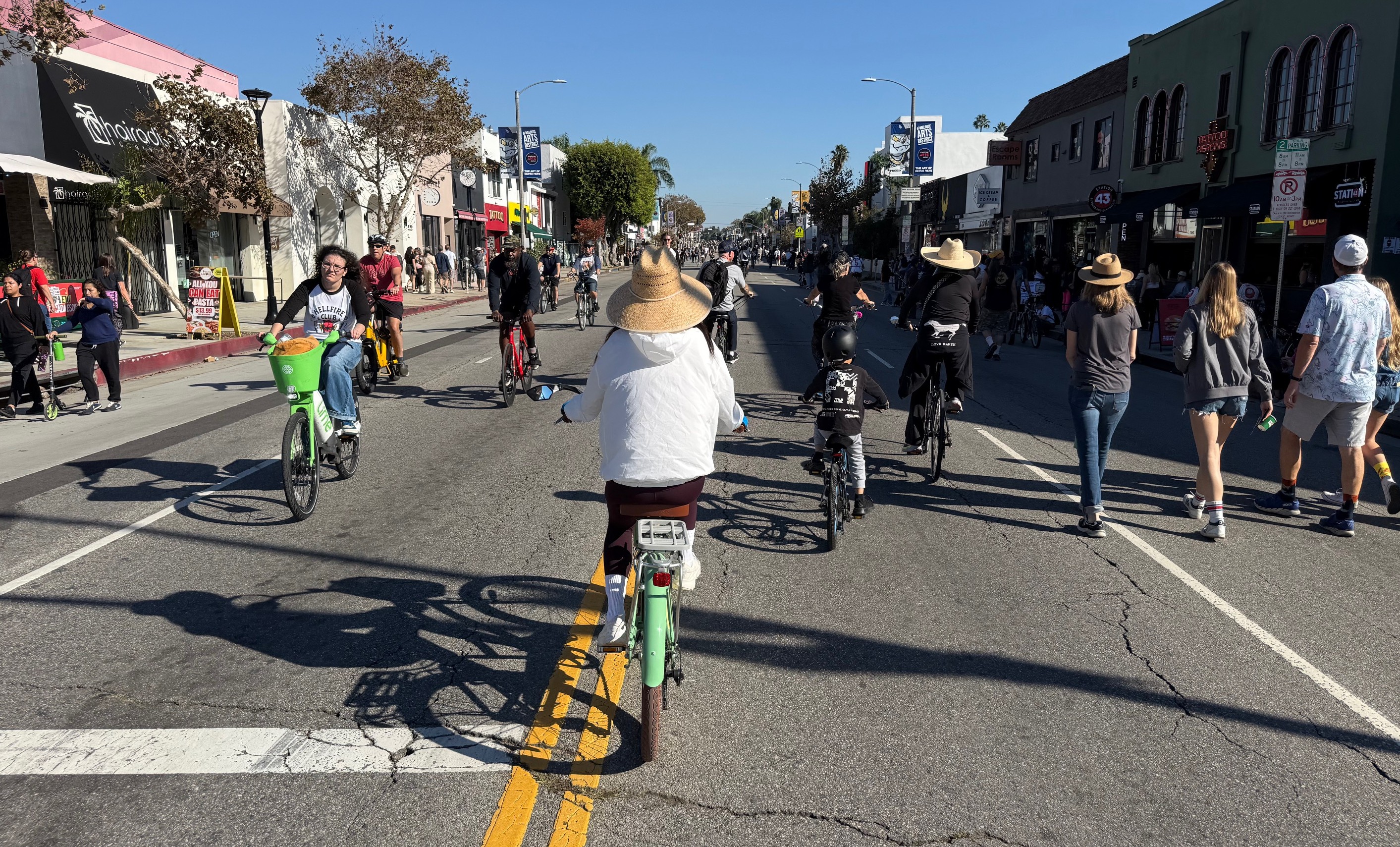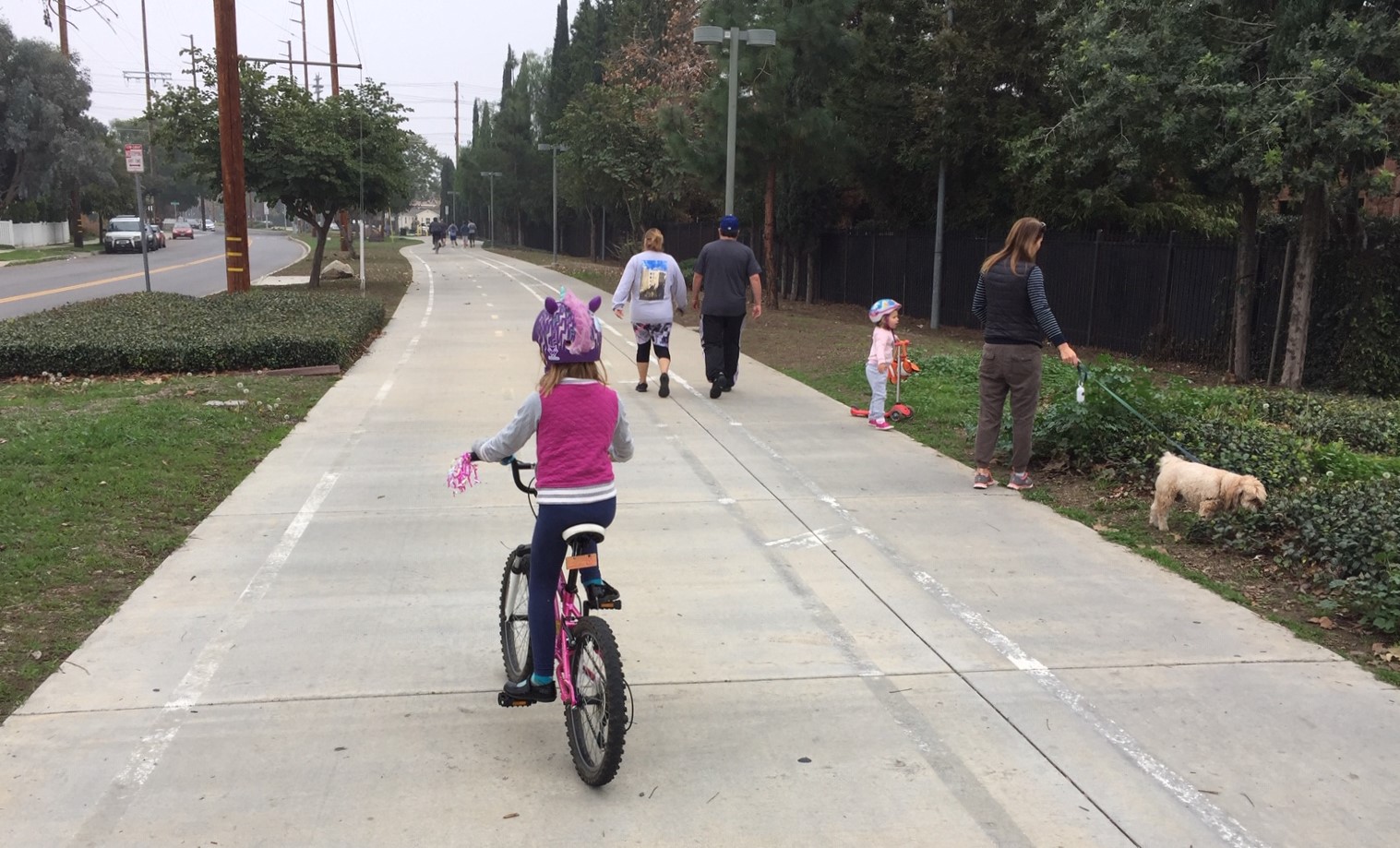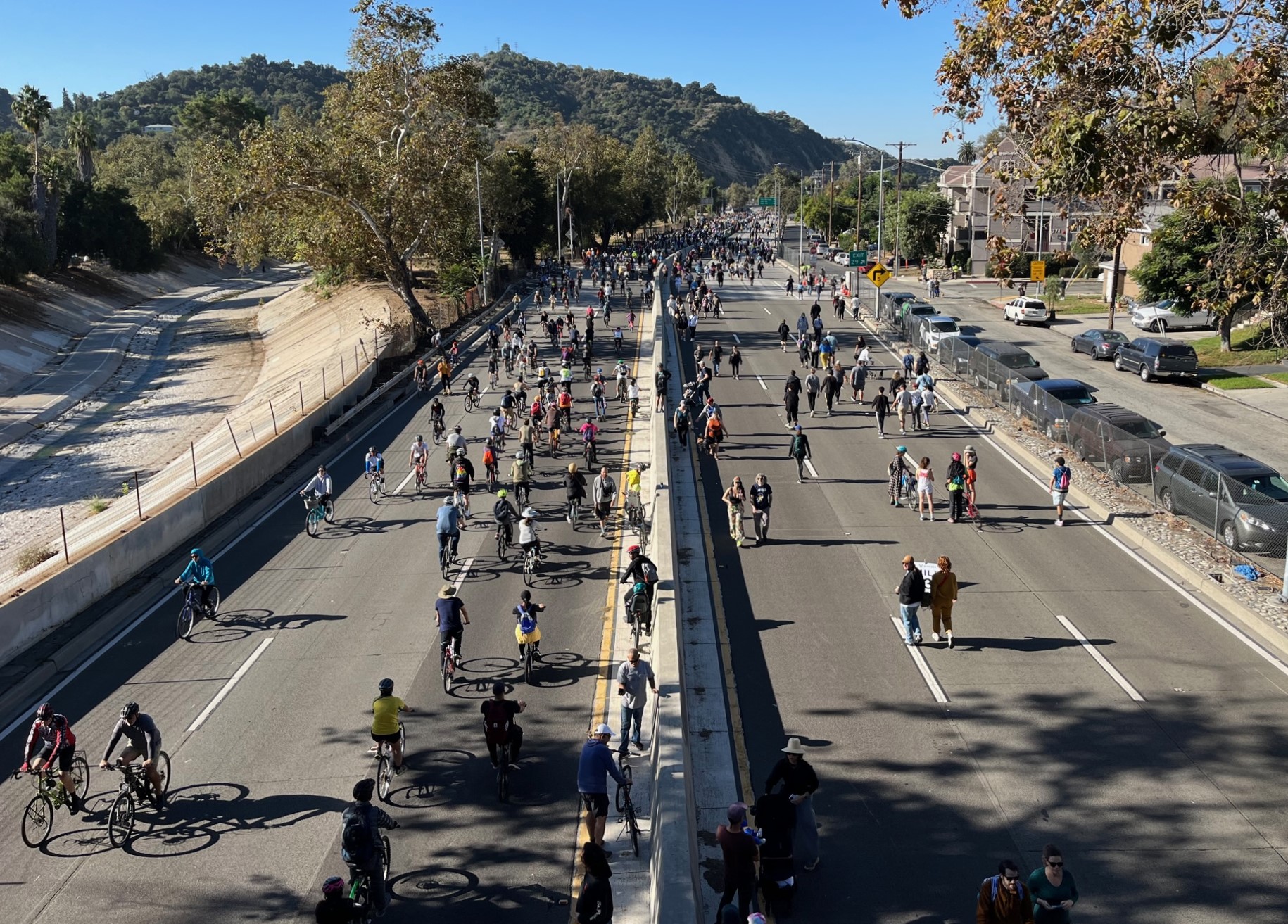Today on the Streetsblog Network, Yonah Freemark of The Transport Politic looks at the new Brookings Institution
report on suburban poverty levels and the connection to future
transportation planning in those regions. Freemark, who recently wrote
about how the city of Paris is extending its transit infrastructure to
its traditionally lower-income suburbs, points out that the challenges
to transit in American suburbs are greater. The infrastructure of
American suburbs, as well as the governmental planning mechanisms,
present significant challenges to reducing automobile dependence -- a
dependence that weighs especially heavily on people with low incomes.
Freemark writes:
Transit in American suburbs faces challenges. (Photo: richpix via Flickr)
Thus far, few metropolitan areas have responded adequately to the
transportation concerns that will progressively manifest themselves;
while central-city-oriented transit networks are promoted vigorously,
the concerns of suburbs are sidelined (including by this site). This
condition seems unlikely to improve, with few metropolitan areas
actually planning as a region, unlike Paris, where transportation planning and financing is conducted from the regional level.There are major differences between the U.S. and France: American
suburbs are incredibly sprawled-out, which means that high-quality,
high-capacity transit would be both inefficient and inappropriate in
most places. Indeed, U.S. poverty can increasingly be defined as a car-dependent one
— which means that expecting to address transportation needs of the
least well-off in the suburbs through better public transportation will
be a failure in the short-term. This also means, unfortunately, that
policies that increase costs of driving will fall directly on a large
number of the working poor.The development of a more equitable and sustainable transportation
system demands an intense effort to densify and pedestrianize the same
suburbs that are rapidly becoming economically diverse. We cannot
continue allowing — and often subsidizing — people to live in isolated
cul-de-sac neighborhoods completely inaccessible to anything by
anything but a private automobiles. We must construct new town centers
in suburban communities with essential services and mixed-income
housing accessible via transit to urban cores. The current trends,
enforced by local, state, and national planning decisions, are
producing a lower class that spends far too much on private
transportation.It’s a reckless course barreling straight towards increasing inequality.
More from around the network: Rustwire.com takes a jab at creative-class promoter Richard Florida and his prescriptions for struggling cities. Cyclelicious tips a hat to the legacy of Donald Appleyard's classic book, "Livable Streets." And the Missouri Bicycle and Pedestrian Federation reports on a study showing that helmet laws discourage cycling.






